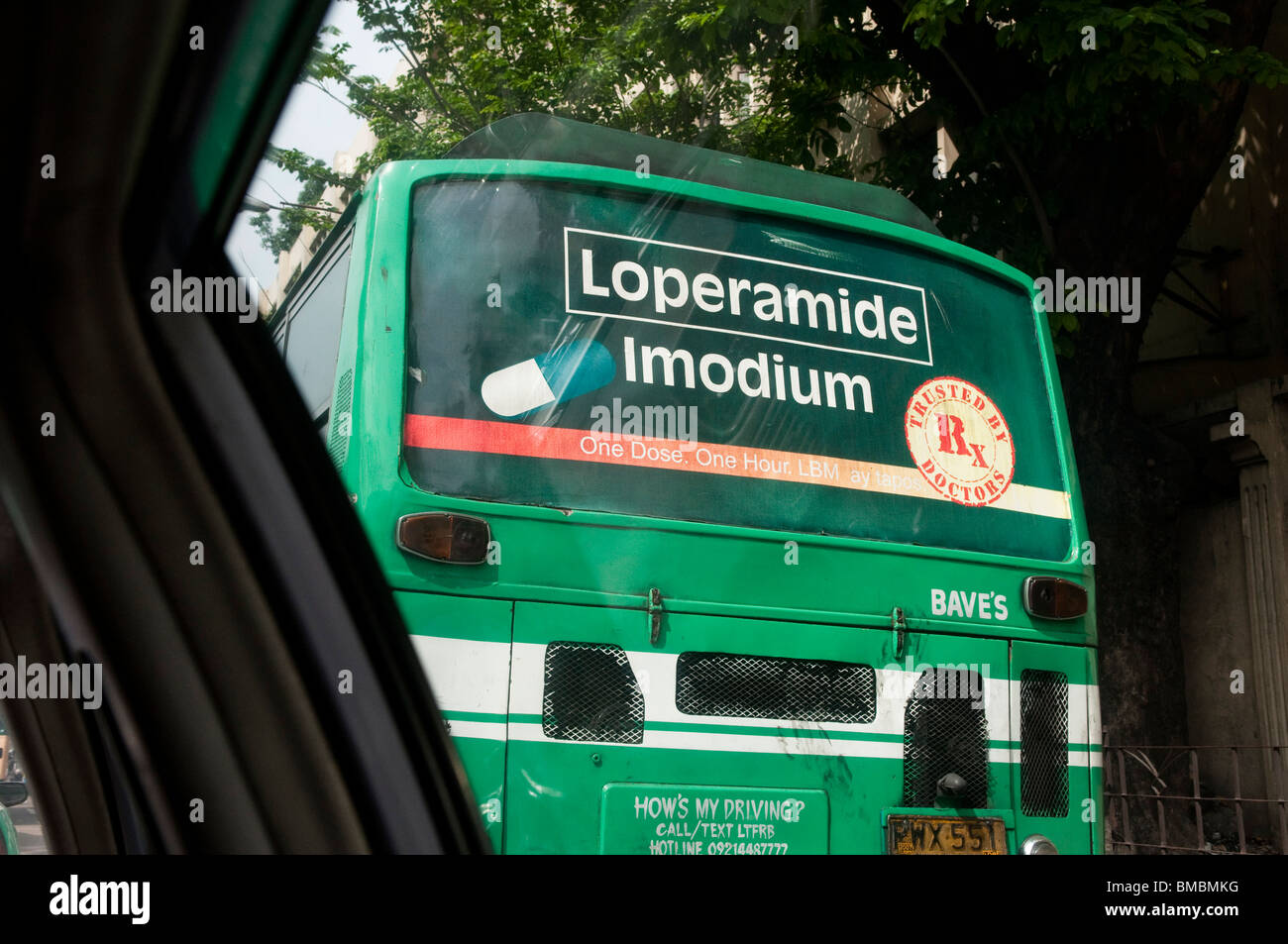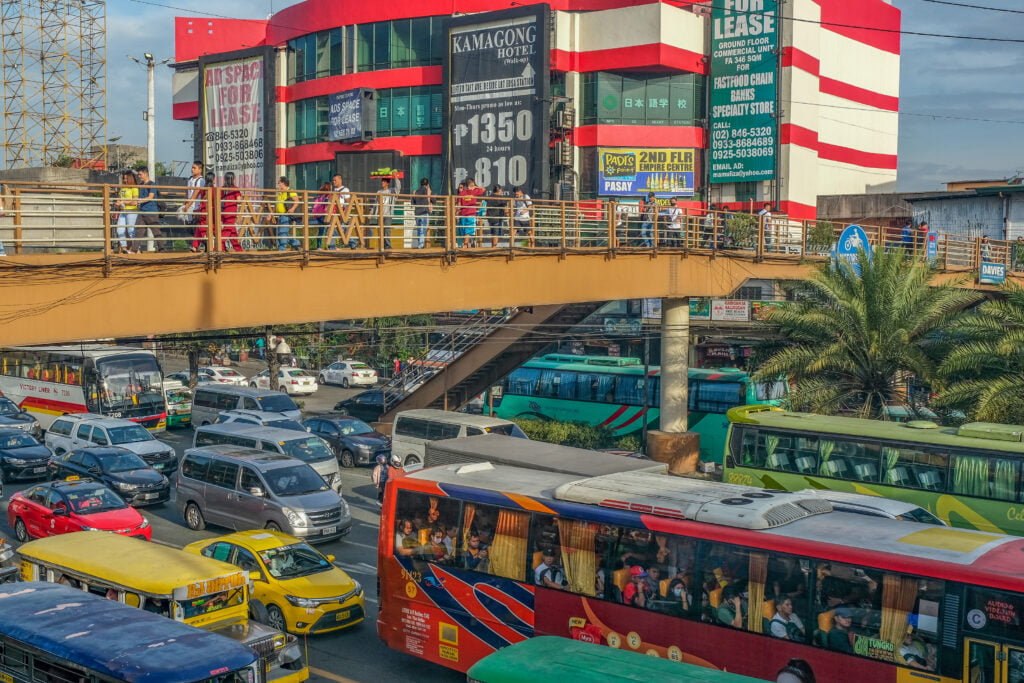Transit Advertising Philippines: Get To Hundreds Of Travelers Daily
Transit Advertising Philippines: Get To Hundreds Of Travelers Daily
Blog Article
Just How Transit Marketing Can Transform Mass Transit Spaces Into Dynamic Advertising And Marketing Platforms
Transit marketing holds considerable potential to redefine public transportation spaces into vibrant advertising systems that involve and educate. As we explore the diverse benefits and developing techniques of transit advertising and marketing, it elevates the inquiry of exactly how this change could redefine our interactions with both brand names and the metropolitan atmosphere.
Benefits of Transportation Advertising And Marketing

In addition, transit advertising and marketing is extremely cost-effective contrasted to traditional media. It enables marketers to accomplish high impacts at lower prices, optimizing return on investment. The captive target market of commuters supplies an opportunity for brands to share their messages to individuals that are often receptive during their travel times.
Additionally, the vibrant nature of transit advertising and marketing allows projects to be updated regularly, guaranteeing that messaging remains timely and appropriate. This flexibility can be essential in replying to market fads or promotional events, keeping the brand name top-of-mind for consumers. Finally, the prevalent visibility of transportation advertising adds to brand recall; repeated direct exposure within acquainted traveling contexts reinforces brand awareness and promotes consumer commitment, inevitably enhancing and driving sales brand credibility.
Types of Transit Marketing
Public transport systems give numerous layouts for advertising, each accommodating different marketing strategies and audience engagement methods. One prominent type is exterior bus and train covers, which cover the whole lorry and develop a mobile signboard result, enabling high exposure in metropolitan atmospheres. These wraps can capture attention as they traverse busy roads, getting to a varied audience.
Another popular layout is interior advertising, which consists of posters, electronic screens, and advertisements on transportation seats. These placements involve travelers during their trip, strengthening brand messaging in a constrained area. Digital displays, particularly, use the advantage of vibrant material, enabling marketers to update messages in real-time.
Terminal marketing is additionally significant, including posters, banners, and interactive kiosks within transportation stations. These advertisements leverage foot website traffic and can target particular demographics based upon location.
Last but not least, marketing collaborations with transit authorities can bring about distinct projects, such as themed transit experiences or occasions, enhancing the general involvement with commuters. Each kind of transit marketing offers unique advantages, allowing brand names to customize their method to properly reach their target audience within the public transport ecosystem.
Engaging Travelers Effectively
Commuters are significantly inundated with marketing messages throughout their day-to-day travels, making it vital for brand names to engage them in innovative methods. To record attention in this crowded area, marketers have to prioritize creativity and significance. Making use of attractive visuals and concise messaging can substantially boost the chance of engagement.
Interactive elements, such as QR codes or enhanced truth functions, can likewise change fixed advertisements right into immersive experiences, cultivating a much deeper link with the target market. Brand names ought to concentrate on addressing travelers' passions and demands, customizing messages to reverberate with their way of living, whether via promos for neighborhood organizations or solutions made to boost their travelling experience.
Additionally, timing plays a critical duty; purposefully positioning advertisements during top commuting hours can take full advantage of exposure and effect. Engaging travelers properly additionally includes leveraging social networks integration, allowing guests to share their promos or experiences directly from transportation systems, consequently enhancing brand reach.
Essentially, efficient interaction hinges on recognizing the traveler journey and developing engaging, interactive, and relevant advertising and marketing experiences that not just capture focus yet likewise drive activity and commitment. By doing so, brands can change public transportation into a vibrant marketing platform that reverberates with its audience.

Measuring Advertising Influence
Exactly how can brands properly analyze the efficiency of their advertising projects en route settings? Determining the impact of transportation advertising calls for a multifaceted strategy that integrates qualitative and quantitative metrics. One widespread method is tracking involvement through mobile analytics, where brand names can analyze foot website traffic patterns and app interactions in the past, during, and after projects.
Studies can offer beneficial insights right into brand name recall and consumer belief, allowing brands to determine how well their messages resonate with travelers. Additionally, keeping an eye on social media sites interaction associated to details campaigns can reveal changes in public assumption and brand discussion.

Additionally, working together with transportation firms can boost measurement accuracy, as they frequently possess in-depth group information on ridership fads. By incorporating these techniques, brand names can develop a comprehensive understanding of their advertising and marketing performance, guaranteeing that their campaigns not just reach but additionally affect their target market successfully.
Future Patterns in Transit Advertising
A substantial shift is prepared for en route advertising as technical innovations and transforming customer habits reshape the landscape. Transit Advertising Philippines. The integration of digital display screens and multimedias is expected to enhance engagement, permitting brand names to deliver dynamic web content that reverberates with diverse target markets. As public transport systems accept anonymous smart technology, marketers will leverage real-time information analytics to tailor messages based on guest demographics and actions
Additionally, boosted fact (AR) is positioned to reinvent the way travelers engage with ads. By providing immersive experiences, AR can change a mundane trip into that site an interesting narrative that captures interest and fosters brand name loyalty. This technology will likely motivate marketers to produce even more experiential campaigns that drive customer interaction.
Sustainability is an additional crucial fad influencing transportation marketing. As ecological consciousness expands, brand names will progressively look for to align with eco-friendly methods, making use of sustainable products and advertising green efforts within their projects.
Final Thought
In conclusion, transit advertising provides considerable benefits by improving brand name presence and involving a restricted target market. As patterns progress, the possibility for cutting-edge communications in between brand names and travelers is positioned to expand, making sure that transit marketing remains a vital component of modern marketing approaches.
Transportation advertising and marketing holds substantial possibility to redefine public transport areas into vibrant advertising and marketing systems that inform and involve. The prevalent existence of transit advertising and marketing contributes to brand recall; duplicated direct exposure within familiar travel contexts enhances brand name understanding and go to my blog cultivates consumer loyalty, inevitably driving sales and improving brand name track record.
Exactly how can brand names precisely evaluate the effectiveness of their advertising and marketing campaigns in transportation atmospheres?In conclusion, transportation marketing supplies considerable advantages by boosting brand exposure and engaging a restricted audience. Transit Advertising Philippines. As patterns evolve, the possibility for innovative communications between travelers and brands is poised to expand, guaranteeing that transportation advertising continues to be an important part of modern advertising strategies
Report this page